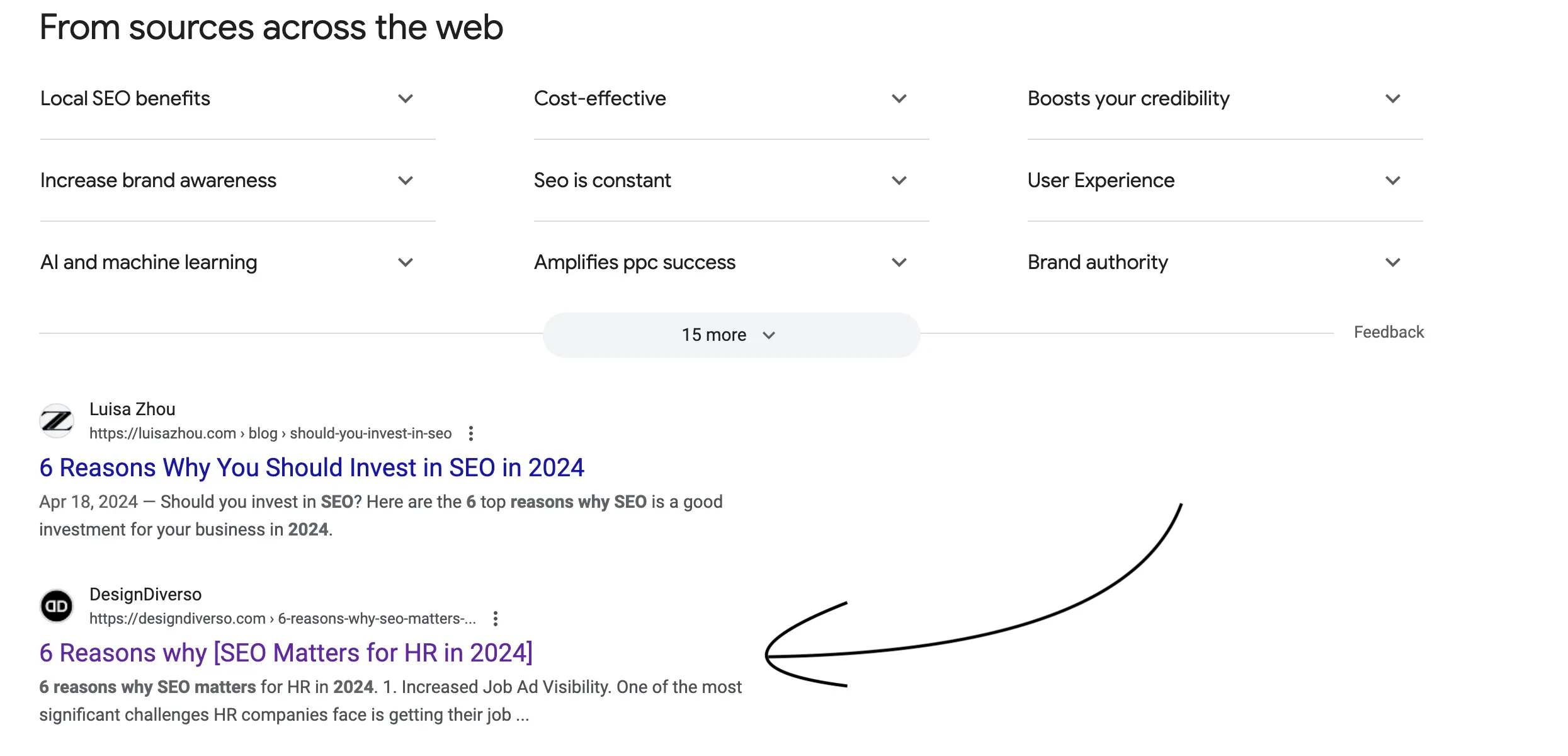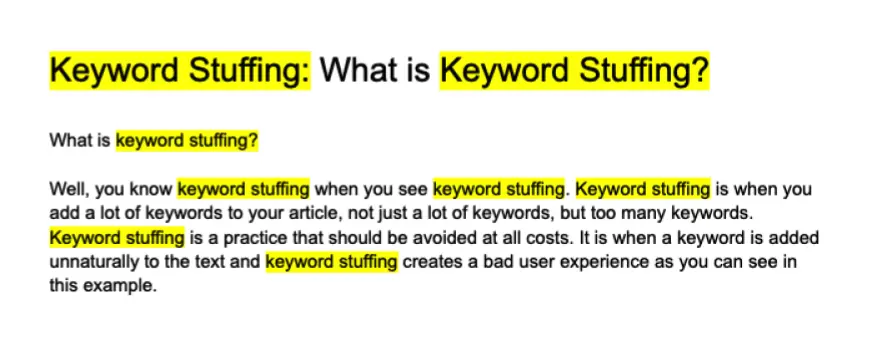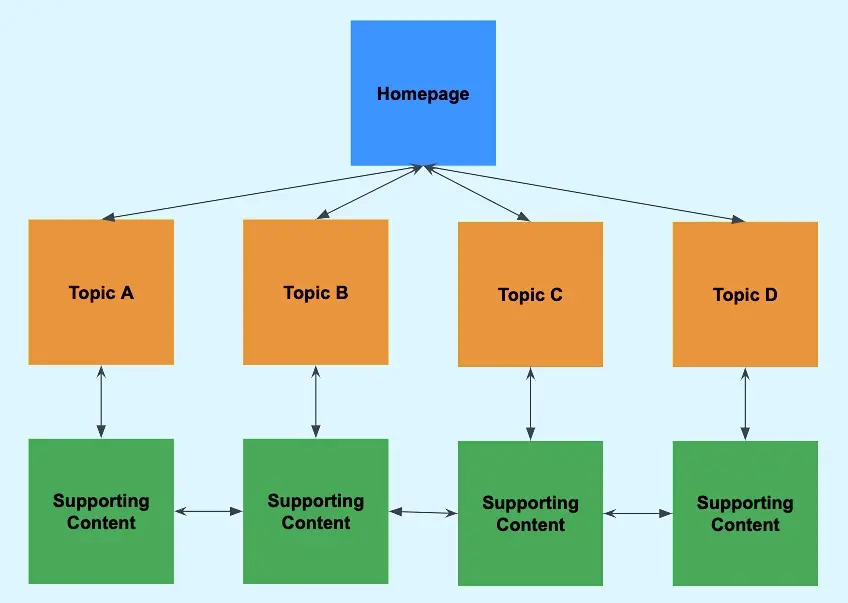
Public relations (PR) is a critical component of any successful business or organization, helping to build and maintain relationships with key stakeholders, manage the company’s reputation, and drive awareness and engagement. With the rise of digital and social media, the practice of PR has evolved significantly in recent years. This modern guide to PR will explore the latest trends, tools, and strategies that businesses can use to effectively communicate with their audiences and achieve their goals.
1. Understanding the role of PR in today’s digital world
In today’s digital-driven world, the role of PR has become even more important than ever before. With the rise of social media and online communication channels, businesses have a wealth of opportunities to engage with their audiences in real-time and on a global scale. PR professionals are now tasked with not only managing traditional media relations but also navigating the complex landscape of digital communications.
2. Creating a strategic PR plan
One of the first steps in modern PR is to create a strategic plan that aligns with the overall business goals and objectives. This plan should outline the key messages, target audiences, channels, and tactics that will be used to reach and engage with stakeholders. By setting clear objectives and benchmarks, businesses can measure the success of their PR efforts and make adjustments as needed.
3. Leveraging digital and social media
Digital and social media are essential tools for modern PR professionals, allowing them to reach audiences in real-time and on a global scale. Platforms such as Facebook, Twitter, LinkedIn, and Instagram provide businesses with the opportunity to engage with their audiences, share news and updates, and build relationships with key influencers. By leveraging these channels effectively, businesses can enhance their brand reputation and drive awareness and engagement.
4. Building relationships with influencers
Influencer marketing has become a powerful tool for modern PR professionals, allowing businesses to reach new audiences and drive engagement in a more authentic way. By partnering with influencers who have a large and engaged following, businesses can leverage their influence to promote products and services, drive brand awareness, and build credibility with their target audience. Influencers can also help to generate buzz around events, launches, and campaigns, helping businesses to reach new audiences and drive engagement.
5. Creating compelling content
Content is king in modern PR, with businesses needing to create high-quality, engaging content that resonates with their target audience. Whether it’s a blog post, video, infographic, or social media update, businesses need to consistently create and share content that adds value to their audience and reinforces their brand messaging. By creating compelling content that tells a story and engages the audience, businesses can build relationships with their stakeholders and drive awareness and engagement.
6. Monitoring and measuring PR efforts
Monitoring and measuring the success of PR efforts is essential for businesses to understand the impact of their communications and make informed decisions. By tracking key metrics such as media coverage, social media engagement, website traffic, and audience sentiment, businesses can gain insights into what is working and what needs improvement. This data can help businesses to optimize their PR strategies, build on successes, and address any challenges that may arise.
7. Crisis management
In today’s fast-paced digital world, businesses need to be prepared for crises that may arise and impact their reputation. PR professionals play a key role in crisis management, helping businesses to respond effectively to negative events or issues that may arise. By developing a comprehensive crisis communications plan, businesses can minimize the impact of a crisis on their reputation and build trust with their stakeholders.
8. Embracing technology
Technology is constantly evolving, and businesses need to embrace new tools and technologies to stay ahead of the curve. From social media monitoring and analytics tools to media databases and CRM systems, businesses can leverage technology to streamline their PR efforts, gain insights into their audience, and measure the success of their communications. By embracing technology and staying ahead of the latest trends, businesses can drive awareness, engagement, and success in today’s digital world.
The practice of PR has evolved significantly in recent years, with businesses needing to embrace digital and social media, influencer marketing, compelling content, and technology to effectively communicate with their audiences and drive success. By creating a strategic PR plan, leveraging digital and social media, building relationships with influencers, creating compelling content, monitoring and measuring PR efforts, practicing crisis management, and embracing technology, businesses can build strong relationships with their stakeholders, manage their reputation, and achieve their goals in today’s modern PR landscape.







